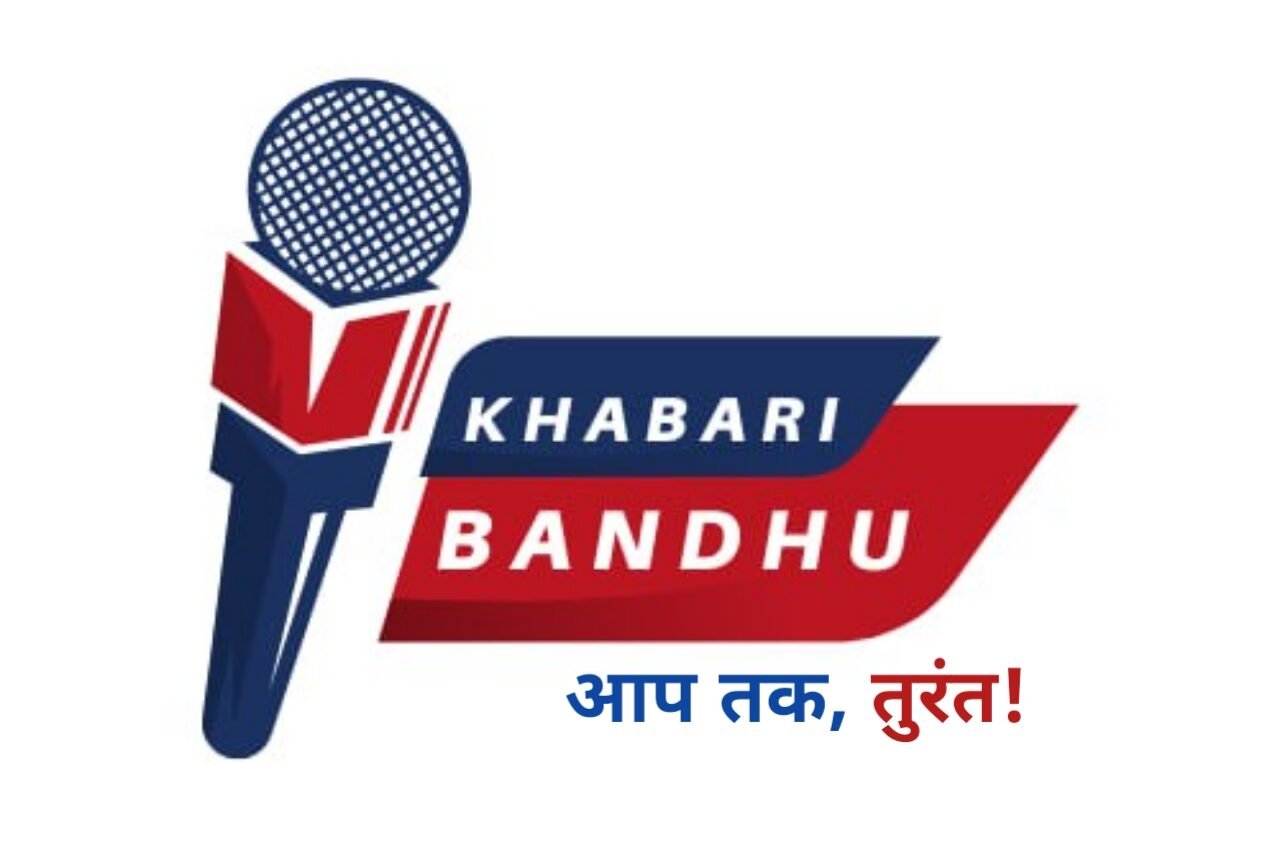OpenAI Launches GPT-OSS 120B: In a move that has stirred the entire AI and tech ecosystem, OpenAI has launched its first open-weight large language model, GPT-OSS 120B, along with a smaller variant, GPT-OSS 20B. This marks the company’s return to open-access model distribution after years of keeping its powerful GPT models closed-source. The announcement, made in early August 2025, signals a critical shift in OpenAI’s strategy — and a significant moment in the AI open-source movement.

Let’s explore why the GPT-OSS 120B model is such a big deal, what it offers, and why it’s in the news.
What is GPT-OSS 120B?
GPT-OSS 120B is a 117 billion-parameter mixture-of-experts (MoE) based language model developed by OpenAI. It is part of a new line of open-weight AI models under the “OSS” (Open Source Series) branding. While the name “open-source” may suggest full transparency, OpenAI has instead opted for an open-weight approach — releasing the model’s weights for public use but without fully open-sourcing the training code or datasets.
This model follows a MoE architecture, which means it activates only a subset of its total parameters for each forward pass — in GPT-OSS 120B’s case, approximately 5.1 billion active parameters are used at a time. This design allows for faster inference and more efficient use of compute resources while maintaining high performance.
Why is GPT-OSS 120B in the News?
-
OpenAI’s Shift in Policy:
After years of limiting public access to its most powerful models like GPT-3.5, GPT-4, and GPT-4o, OpenAI has returned to releasing model weights to the public. The decision to share GPT-OSS models is seen as an effort to regain developer trust and compete with other open-source LLMs like Meta’s LLaMA and Mistral. -
Mixture-of-Experts Design:
GPT-OSS 120B adopts MoE architecture, which is a major advancement. This architecture allows for a larger model capacity without increasing the computational load significantly, since only a few “experts” (sub-networks) are used per input token. Although OpenAI has not disclosed the number of experts per layer, the total active parameters and MoE routing mechanism indicate a highly efficient structure. -
Impressive Performance:
Early benchmarks suggest that GPT-OSS 120B performs close to OpenAI’s proprietary o4-mini model and is competitive with leading open-weight models in the industry. It supports long context windows, multilingual understanding, and strong reasoning capabilities. -
Developer-Friendly Licensing:
The model is released under a permissive OpenRAIL license, allowing both research and commercial use with some restrictions. Developers can fine-tune, deploy, and integrate GPT-OSS into applications, provided they adhere to safety guidelines. -
Integration with Hugging Face & Azure:
OpenAI has partnered with platforms like Hugging Face and Microsoft Azure AI Studio to make GPT-OSS 120B readily available to the public. This enables easier access to the model for researchers, enterprises, and startups looking to build intelligent applications.
Technical Highlights:
-
Model Size: 117B parameters (full), ~5.1B active (MoE)
-
Architecture: Transformer-based MoE
-
Context Length: Large window (unconfirmed exact value, but competitive)
-
Multilingual: Performs well in various global languages
-
Inference Efficiency: Optimized for H100 and A100 GPUs
-
Framework Support: Available on Hugging Face Transformers, DeepSpeed, and ONNX
Keywords to Note:
-
GPT-OSS 120B OpenAI model
-
Mixture-of-Experts language model
-
Open-weight AI model 2025
-
OpenAI open-source model launch
-
GPT-OSS Hugging Face integration
-
GPT-OSS vs LLaMA
-
OpenRAIL license GPT model
-
117 billion parameter MoE model
These keywords are driving search trends as AI enthusiasts, developers, and businesses look to understand what GPT-OSS means for the future of AI accessibility and innovation.
Competitive Landscape:
OpenAI’s move to release GPT-OSS 120B is seen as a direct challenge to Meta’s LLaMA 3, Mistral’s Mixtral, and Cohere’s Command R+ models. All these companies are part of a broader push toward open-weight models, giving developers more freedom to use high-quality LLMs without needing to rely on expensive APIs.
By releasing GPT-OSS, OpenAI is acknowledging the demand for transparency, control, and reproducibility in AI research. However, some critics argue that GPT-OSS is not fully open-source, since OpenAI hasn’t released training datasets, full architectural details (like expert count), or training code.
Community Reactions:
The AI developer community has responded positively to the release. On GitHub and X (formerly Twitter), researchers and engineers are already fine-tuning GPT-OSS for specific domains like code generation, education, and multilingual tasks.
However, some have raised questions:
-
Why hasn’t OpenAI disclosed the number of experts per layer?
-
How does GPT-OSS 120B compare to GPT-3.5 in practice?
-
Will OpenAI release future GPT-OSS versions with even more transparency?
Despite these open questions, the model is already being called one of the most significant open-weight releases of 2025.
The launch of OpenAI’s GPT-OSS 120B is a defining moment in the evolution of open-weight AI models. By offering a high-performance, MoE-based LLM to the public, OpenAI has re-entered the open-access arena — this time with a powerful contender designed for real-world deployment and scalable AI solutions. Whether it leads to greater transparency or remains a strategic response to growing competition, one thing is clear: GPT-OSS is now at the center of the global AI conversation.
ऐसे और भी Technology टॉपिक के ऊपर लेखों के लिए हमारे साथ जुड़े रहें! Khabari bandhu पर पढ़ें देश-दुनिया की ताज़ा ख़बरें — बिज़नेस, एजुकेशन, मनोरंजन, धर्म, क्रिकेट, राशिफल और भी बहुत कुछ।
Instagram Reposting Feature: A New Era of Sharing on the Platform

